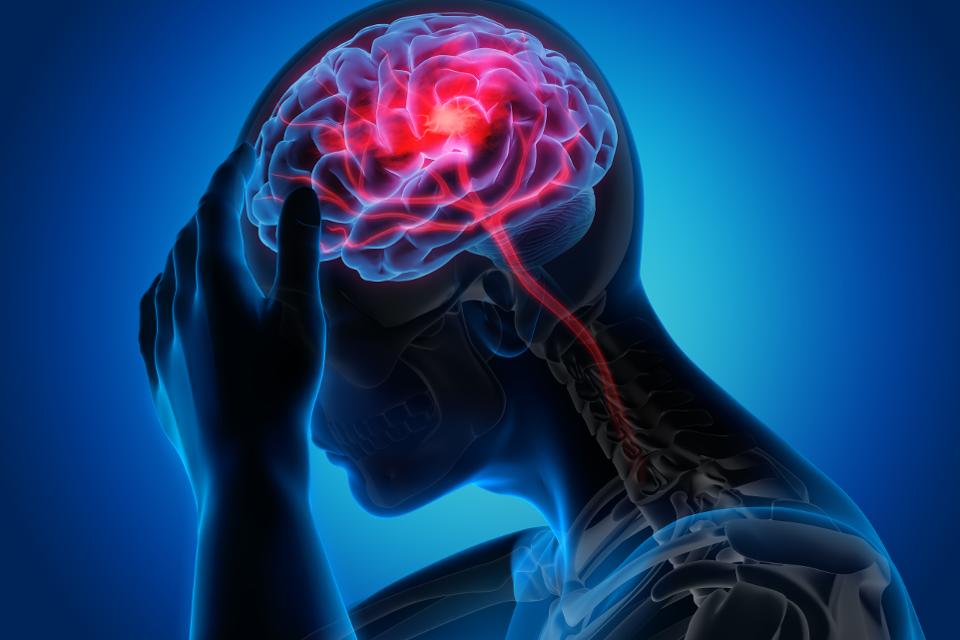A stroke (or a cerebrovascular event) is a disease caused by disruption of blood supply to the brain.
It results either from a stoppage of blood supply to a part of the brain due to a blockage in the vessels carrying oxygen and nutrients to the brain usually due to a clot (ischaemic stroke), or from the rupturing of these blood vessels (haemorrhagic stroke).
When that happens, the part of the brain cannot get the blood (and oxygen) it needs, so brain cells die. Ischaemic strokes are more common than haemorrhagic strokes. A transient ischaemic attack (TIA) or a mini-stroke refers to a stroke that resolves within 24 hours, often with full recovery.
Stroke is a major health problem as it is the second leading cause of death and the third leading cause of disability all over the world. According to the World Health Organization, 15 million people suffer stroke worldwide each year. Of these, 5 million people die and another 5 million are permanently disabled.
Nearly three-quarters of all strokes occur in people over the age of 65 and the risk of having a stroke more than doubles each decade after the age of 55.
What causes a stroke?
Uncontrolled blood pressure (hypertension) is the commonest cause of stroke around the world in all age groups. Africa bears the greatest burden of hypertension, which is the strongest and most common modifiable risk factor for stroke.
The following are factors that may increase one’s chances of developing a stroke:
Smoking
Having diabetes mellitus
Having heart disease or condition (E.g. Atrial fibrillation, heart attack)
Having a peripheral arterial disease
A previous stroke or mini-stroke post-tia (TIAs are associated with a high early risk of stroke)
Combined oral contraceptive pill
Having excess lipids or fats in the body
Excess alcohol intake
Having a clotting disorder
Obesity and/or physical inactivity
Illegal drug use (E.g. Cocaine use)
What are the signs and symptoms seen when someone is having a stroke?
Typically, a stroke develops suddenly over a few minutes or hours. Symptoms are a consequence of the areas of the brain affected. For example, if the area of the brain starved of blood supply is the area responsible for speech, the person becomes unable to speak. Generally, the following are common symptoms of a stroke:
1.Inability to move parts of the body usually on one side. The arms and legs become floppy.
2.Inability to stand upright or see in one or both eyes.
3.Sudden severe headache.
4.Face distortion or droopiness when attempting to smile.
5.Sudden inability to speak or understand speech.
Source: Guardian Newsapaper




